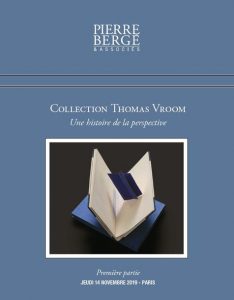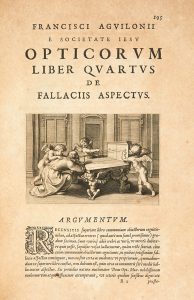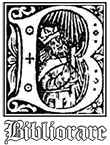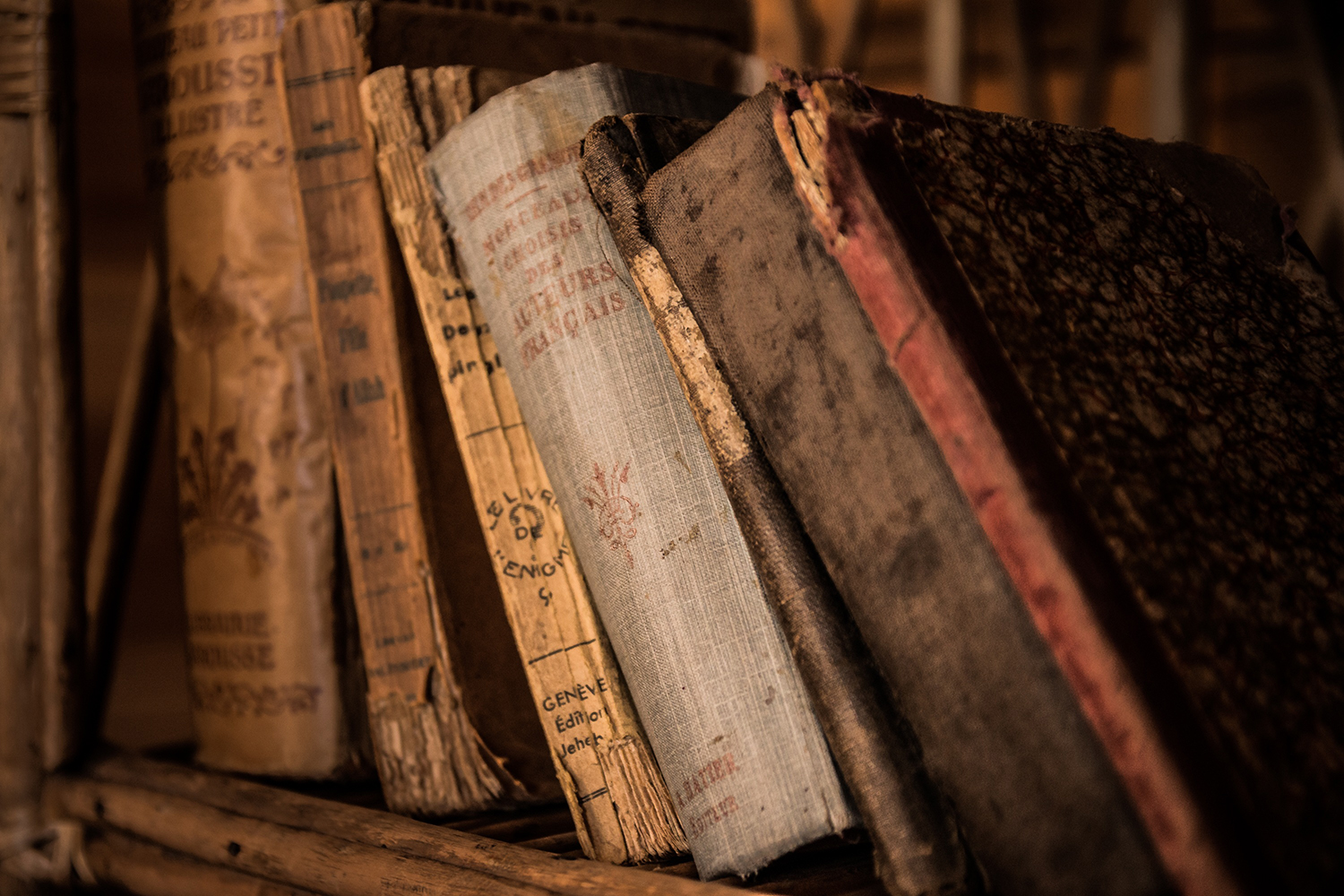AGUILON, François d'. Opticorum libri sex Philosophis iuxta ac Mathematicis utiles. Anvers, veuve et fils Moreti pour Plantin, 1613.
Description
In-folio (350 x 231 mm) de 24 ff.n.ch. (dont le faux titre, et le titre gravé), 684 pp., 22 ff.n.ch. (dont le dernier avec la marque d'imprimeur); vélin (placé dans un vélin ancien).
Norman, 25; Becker, 5; DSB, I, 81; Held, Rubens and the Book, p. 52; Vitry, 7.
Édition originale.
François d'Aguilon (1567-1617) était un prêtre jésuite brabançon d'origine espagnole, mathématicien, physicien, maître en optique et architecte. D'abord professeur de mathématiques à Douai il fut transféré en 1598 à Anvers, dont il transforma le collège en pépinière d'hommes de sciences, à l'exemple des géomètres André Tacquet, Jean-Charles de La Faille et Théodore Moretus. Il en fut également le recteur jusqu'en 1616. Son traité Opticorum Libri Sex fit considérablement avancer les connaissances en optique et eut une très grande influence sur les physiciens de l'époque. C'est dans ce traité qu'apparaît pour la première fois le terme de “projection stéréographique”. Aguilon est considéré comme le premier scientifique à avoir établi un nouveau système basé sur les couleurs rouge, jaune et bleu: “The color system of François d'Aguilon in 1613 is believed to be the oldest system to use red, yellow, and blue” (Burchett, A Bibliographic History of the study and use of color from Aristotle to Kandinsky, p. 19).
Cet ouvrage, illustré d'un titre allégorique et de 6 vignettes gravées sur cuivre d'après Pierre-Paul Rubens, est un de sept livres illustrés par le peintre.
“The designs for the frontispiece and the six vignettes reveal Rubens's knowledge of the actual text.... Rubens combined successfully Aguilon's references to ancient mythology and allegory into a coherent program that also includes a connection with the science of optics” (Held).
Aguilon collabora aux projets des églises jésuites de Tournai et de Mons. Il était le maître d'oeuvre de la plus belle église jésuite de style baroque aux Pays-Bas, l'église de la Maison Professe des Jésuites (maintenant église Saint Charles Borromée) dont l'achèvement, après sa mort, fut confié à Pierre Huyssens, un frère jésuite et architecte de profession, et la décoration intérieure à Pierre-Paul Rubens.
“A remarkable collaboration between the scientific, printing and visual arts. Intended for use in Jesuit schools, Aguilon's work was primarily a synthesis of classical and modern writings on optics; however, it also contained the first discussion of the stereographic process (which Aguilon named), one of the earliest presentations of the red-yellow-blue color system, an original theory of binocular vision and the first published description of Aguilon's horopter... His ideas had some influence on the great theories of vision from Huygens to Newton to Helmholtz” (Norman).
“A master treatise on optics that synthesized the work of Euclid, Ibn al-Haytham (Alhazen), Vitellion, Roger Bacon, Pena, Ramus (Pierre de la Ramée), Risner, and Kepler... Aguilon treated, successively, the eye, the object, and the nature of vision; the optic ray and horopter; the general ideas that make possible the knowledge of objects; errors in perception; luminous and opaque bodies; and projections” (DSB).
“A landmark of baroque book illustration, this is one of seven works known to have been illustrated by Rubens” (Becker).
Très bon exemplaire, complet, quelques feuillets brunis; gardes modernes.
First edition of this 17th century optical treatise containing the first discussion of the stereographic process. The work is also of particular interest for the collaboration between the theorist Aguilon and the artist Peter Paul Rubens who designed the principal illustrations.





